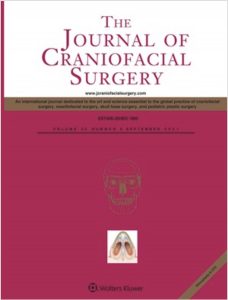Publications

Age Related Changes of Superior Orbicularis Oris Muscle in Terms of Tone and Viscoelastic Properties
Authors: Engin Ramazanoglu 1, Begümhan Turhan 2, Serkan Usgu 2
Affiliations:
- Physiotherapy and Rehabilitation Department, Inonu University Faculty of Health Sciences, Malatya, Turkey
- Physiotherapy and Rehabilitation Department, Faculty of Health Science, Hasan Kalyoncu University, Gaziantep, Turkey
Journal: Journal of Craniofacial Surgery - January/February 2022, Volume 33, Issue 1, Pages 236-239 (DOI: 10.1097/SCS.0000000000007992)
-
Field & Applications:
- Medical
- Orofacial muscles
- Gerontology / Ageing
- Normatives
- Validity
Objective: To examine the age-related changes in the viscoelastic properties and tone of the superior orbicularis oris muscle by a portablehand-held myotonometer.
Methods: A total of 128 individuals (65 female, 63 male) who met the inclusion criteria were evaluated. Individuals were divided into 2 groups as under 40 years old (Group 1), and above (Group 2). The viscoelastic properties and muscle tone of orbicularis oris muscle were evaluated bilaterally in supine position with the Myoton PRO (Myoton AS, Estonia) device from the skin overlying the orbicularis oris. The reference point is accepted as the right and left paramedial philtrum dimple. The statistical analysis was performed.
Results: There was no statistically significant difference in the elasticity values of the right and left orbicularis oris muscles of the Group 1 and Group 2 individuals. There was a difference between the groups when the tone and stiffness values of both groups were compared. It was determined that individuals over the age of 40 had higher muscle tone and stiffness. All mechanical properties of the superior orbicularis oris muscle between the male and female individuals in Group 1 were different. The values are higher in the female gender. The elasticity values in both genders in Group 2 were similar. Tone and stiffness parameters were different between genders.
Conclusions: Myoton PRO can be recommended as an alternative device in the quantitative evaluations of post-operative follow-ups, and pre/post rehabilitation in terms of viscoelastic parameters of the muscle.
Keywords: age factors, muscle tone, superior orbicularis oris, viscoelastic properties
In conclusion, we believe that the data obtained in this study may assist clinicians in evaluating the treatment of pathological conditions related to the superior orbicularis oris muscle, and in the planning of treatment as pre- and post-operational evaluations. In future studies, ultrasonographic and electromyography evaluations can be combined with the Myoton PRO device evaluations.


